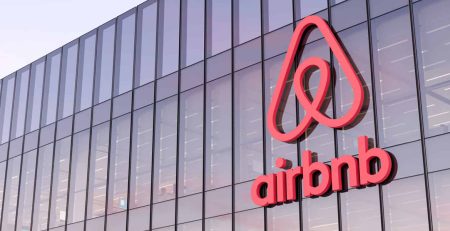The New Engagement Challenge: Hybrid Workforces
The Evolution of Employee Engagement in a Hybrid World
How to Sustain Connection, Culture, and Commitment in Distributed Workforces
By H.G&W Global Consulting
Executive Summary
The hybrid workplace—once a crisis response—has become a lasting model for modern work. As companies blend in-office and remote teams, maintaining high levels of employee engagement has become more challenging and more crucial than ever. This article explores the evolving dynamics of engagement in a hybrid environment and offers actionable strategies for organizations aiming to foster productivity, inclusion, and loyalty across distributed teams.
Introduction: A Redefinition of Engagement
Before 2020, employee engagement was often cultivated through in-person interactions—town halls, team lunches, and open-office collaboration. Today, those same goals must be achieved across screens and time zones. Organizations that fail to adapt their engagement strategies risk a disengaged workforce, decreased productivity, and rising attrition.
According to Gallup’s 2024 global workplace report:
-
Only 23% of employees worldwide report being actively engaged.
-
Employees with hybrid work options are more engaged than those who are fully remote or fully on-site—if managed well.
Key Challenges in the Hybrid Engagement Era
-
Communication Gaps
Remote workers can feel excluded from spontaneous conversations and decision-making. -
Unequal Access to Development
In-office employees may have greater visibility and access to mentoring or leadership. -
Weakened Culture
Company culture can erode when not consistently reinforced across digital channels. -
Burnout and Isolation
Without proper boundaries, remote workers face fatigue, while in-office teams may feel overburdened.
The Pillars of Modern Employee Engagement
1. Connection
Build a sense of belonging by fostering meaningful relationships and shared purpose.
-
Implement regular virtual check-ins, not just for tasks but for well-being.
-
Facilitate cross-functional team bonding activities—even if virtual.
2. Communication
Transparency and clarity are key to trust.
-
Use asynchronous tools like Notion, Slack, or Microsoft Teams for shared updates.
-
Train managers in digital communication best practices.
3. Culture
Reinforce values and identity in both physical and digital environments.
-
Celebrate wins and milestones across platforms.
-
Empower employee-led culture initiatives like DEI groups or social clubs.
4. Flexibility and Autonomy
High engagement correlates with trust.
-
Allow flexible schedules and outcome-based performance metrics.
-
Avoid micromanagement—focus on results, not online status.
5. Growth and Development
Offer equal access to career advancement regardless of location.
-
Provide virtual mentoring, upskilling platforms, and leadership tracks for all employees.
Global Case Study: HubSpot
HubSpot, a leading CRM company, adopted a “choose-your-own-adventure” model in which employees select their preferred work mode: remote, flex, or office. Their internal engagement surveys showed:
-
A 12% increase in productivity
-
95% employee satisfaction with work flexibility
-
Increased retention among top talent
The Manager’s Role: Frontline Engagement Leaders
Managers are the linchpin of hybrid engagement. Research shows that:
-
70% of team engagement is directly influenced by the manager.
-
Manager training in hybrid leadership is now a strategic priority for forward-thinking firms.
Technology as an Engagement Enabler
Use digital tools to personalize and democratize engagement:
-
Pulse surveys (e.g., Officevibe, Culture Amp) to track sentiment in real time
-
Virtual whiteboards and collaboration tools (e.g., Miro, Figma)
-
AI-powered recognition tools that publicly celebrate achievements across teams
Conclusion: Engagement Must Be Designed, Not Assumed
Hybrid work is not a temporary trend—it’s the new default for global talent. Organizations must intentionally design employee experiences that balance flexibility with connection, digital communication with culture, and autonomy with accountability.
Firms that master hybrid engagement will not only retain top talent—but will build a future-ready, resilient workforce.











Leave a Reply